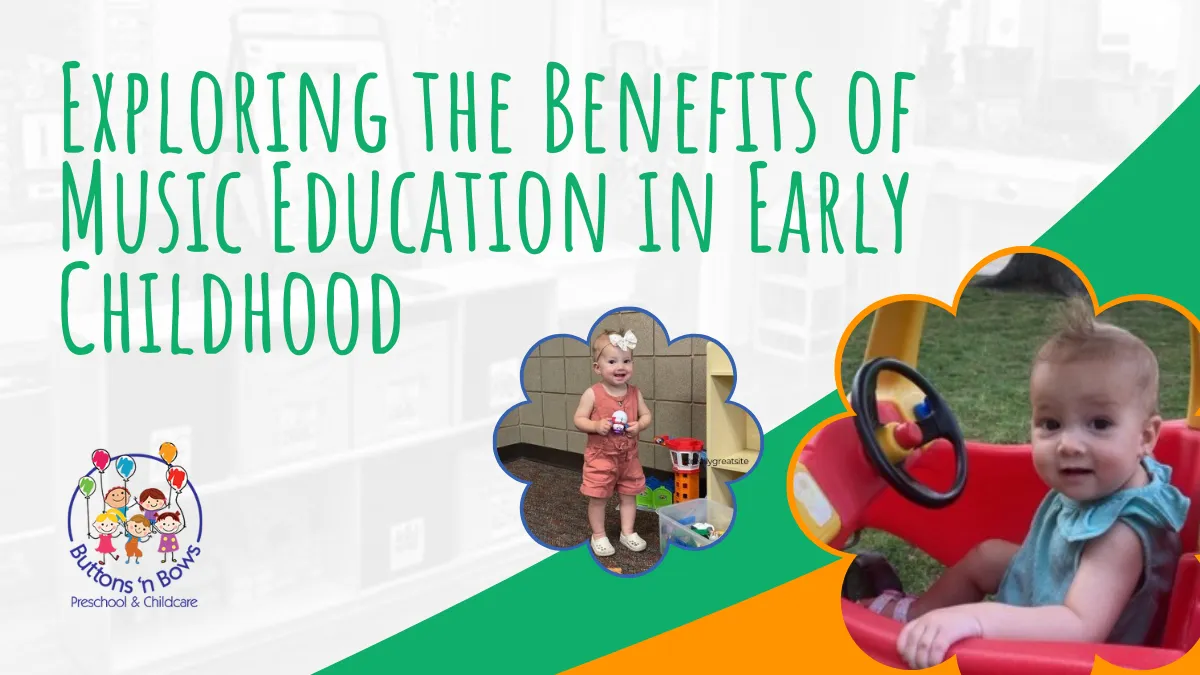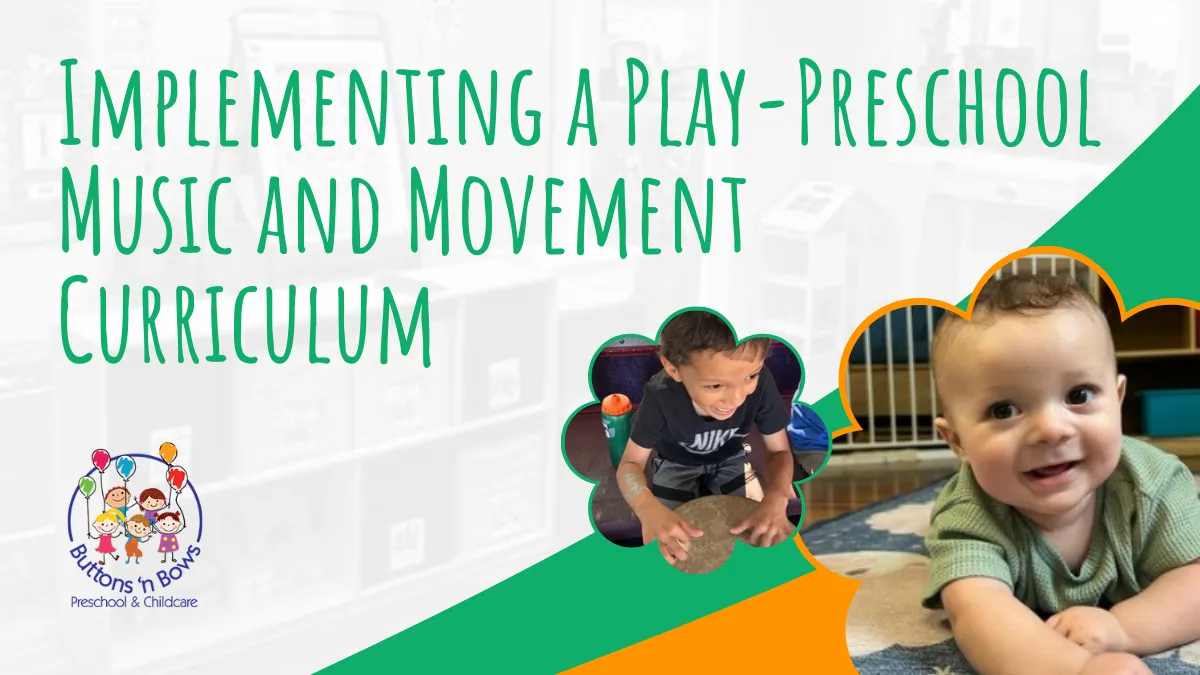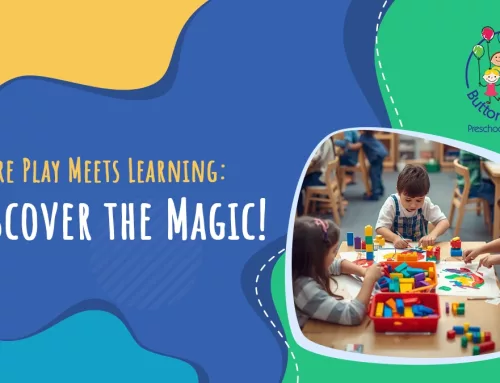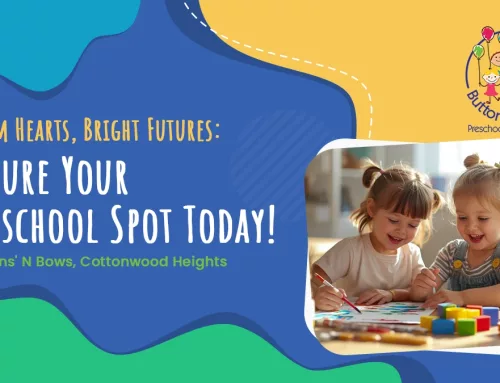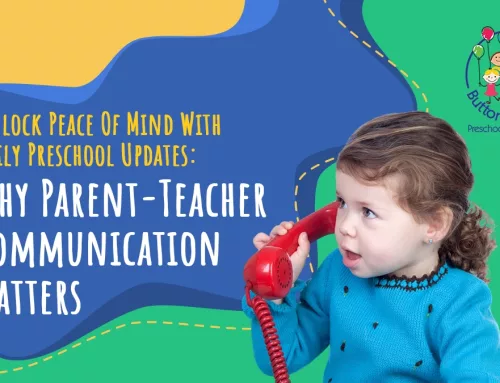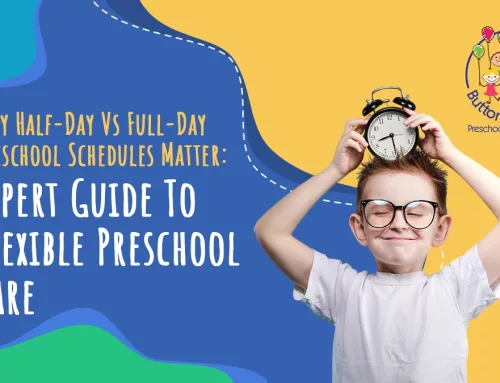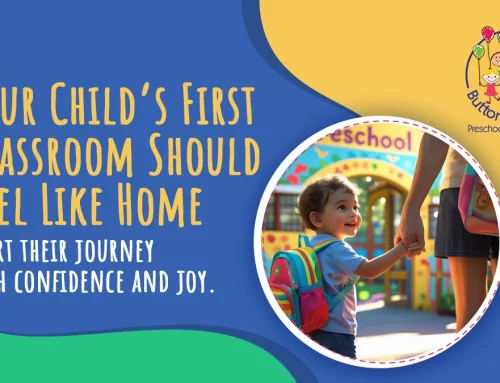Music and movement programs for preschoolers are a vital component of a well-rounded early childhood curriculum. These programs support cognitive, physical, emotional, and social development through structured activities that engage children in rhythm, coordination, and self-expression. Children who participate in guided dance, use rhythm instruments or sing along to age-appropriate songs build essential skills in a supportive and enriching setting.
These experiences encourage listening, cooperation, and creativity while reinforcing body awareness and motor planning. The following sections will explore five engaging music and movement programs to support early learning and foster a lifelong appreciation for music and active play.
Exploring the Benefits of Music Education in Early Childhood
Music education in early childhood offers a wide range of developmental advantages that support the whole child. When integrated into a preschool environment, music becomes more than entertainment—it becomes a purposeful tool for learning and growth. The following benefits highlight its essential role in early education.
Cognitive and Language Development
Taking part in music activities such as singing, clapping rhythms, or echo games strengthens memory, auditory processing, and language acquisition. Songs with repetition and rhyme support vocabulary building and sentence structure, laying the groundwork for literacy skills. Music also helps develop pattern recognition, foundational for early math skills.
Emotional Expression and Self-Regulation
Music delivers a healthy outlet for children to express and manage emotions. Children learn to identify and respond to emotional cues through calming melodies or high-energy songs. Music can also be a transition tool to help guide children through routines, promoting emotional security and predictability.
Social Development and Collaboration
Group music experiences, such as singing in a circle or playing instruments together, teach cooperation, turn-taking, and attentive listening. These activities encourage children to work as part of a team, helping to build empathy and mutual respect. Social interactions during music activities are particularly beneficial for developing communication and relationship skills.
Memory, Attention, and Listening Skills
Musical activities require children to focus, remember sequences, and follow instructions. These cognitive demands help improve concentration and the ability to retain and recall information. Rhythmic repetition strengthens neural connections, enhancing both short- and long-term memory.
Incorporating music education in early childhood enriches the classroom environment and supports foundational skills across all domains of development. It is an effective, engaging, and age-appropriate method for promoting school readiness and lifelong learning.
Implementing a Play-Preschool Music and Movement Curriculum
A play-preschool music and movement curriculum is essential to early childhood education. It allows children to explore rhythm, sound, and movement developmentally appropriately and engagingly. Educators can create experiences that support learning across multiple domains through intentional planning.
Key Elements of an Effective Curriculum
A high-quality music and movement curriculum should be:
- Developmentally appropriate, considering the abilities and interests of young children
- Play-based, allowing for both structured and open-ended exploration
- Inclusive and accessible, offering opportunities for all children to participate
The curriculum should integrate singing, instrument play, movement activities, and listening games that align with classroom themes or developmental goals.
Using Songs, Instruments, and Rhythm Activities
Children benefit from a variety of musical experiences, including:
- Singing familiar and new songs to support language development
- Using rhythm instruments such as shakers, drums, or tambourines to build motor coordination
- Clapping or tapping rhythms to enhance pattern recognition and timing
These enjoyable activities support early numeracy, auditory discrimination, and social interaction.
Supporting Diverse Learning Styles Through Multisensory Engagement
Music and movement activities engage children through sight, sound, and physical movement, making learning accessible to many learners.
- Auditory learners benefit from listening to and repeating melodies
- Kinesthetic learners absorb information through movement and dance
- Visual learners engage with visual cues like gestures, props, or illustrated song charts
By incorporating these varied approaches, educators ensure that every child has the opportunity to succeed and thrive. Implementing thoughtful play-preschool music and movement curriculum helps children explore the joy of music while developing critical skills in a well-rounded, inclusive learning environment.
Integrating Dance into Preschool Programs
Integrating dance into preschool programs provides a dynamic way to support young children’s physical, social, and emotional development. Dance encourages self-expression, enhances motor skills, and promotes a sense of rhythm and coordination. When thoughtfully incorporated into the curriculum, dance becomes a valuable tool for holistic learning.
Encouraging Physical Development Through Movement
Dance activities help children develop body awareness, flexibility, balance, and coordination. These experiences support both gross and fine motor development as children learn to control and move their bodies purposefully.
Examples include:
- Marching, skipping, or hopping to music
- Stretching exercises that promote flexibility
- Simple choreography that follows basic movement patterns
Through regular participation, children build strength and confidence in their physical abilities.
Promoting Coordination, Balance, and Spatial Awareness
Dance naturally teaches children how to move safely and effectively in a shared space. Activities often involve following directions, navigating around others, and responding to changes in music or tempo. These skills are foundational for everyday tasks such as walking in a line, transitioning between activities, and participating in group games.
Fostering Collaboration and Group Participation
Group dance experiences encourage cooperation, turn-taking, and respect for others. Whether performing a circle dance or a coordinated group routine, children learn to move harmoniously with their peers, developing a sense of teamwork and shared accomplishment.
Dance also provides an opportunity for:
- Peer modeling and observation
- Social bonding through shared rhythm and movement
Incorporating dance into preschool programs supports children’s developmental needs while creating a joyful and engaging classroom atmosphere. It reinforces essential skills through active participation and allows for creativity and cultural expression, enriching the overall learning experience.
Program #1: Instrument Exploration and Sound Recognition
This program introduces preschoolers to various rhythm instruments, such as tambourines, maracas, rhythm sticks, and hand drums. Children explore different sounds, practice making steady beats, and experiment with tempo and volume. These activities help develop auditory discrimination, fine motor coordination, and early music concepts. Educators guide children in recognizing high and low tones, fast and slow rhythms, and soft versus loud sounds. Instrument exploration also encourages cooperation when children play together in group settings. This hands-on experience builds a foundation for musical understanding while fostering sensory engagement and joyful learning.
Program #2: Circle Time Singing and Action Songs
Circle-time singing incorporates music into daily routines using familiar and thematic songs. Educators lead children in action songs that include clapping, jumping, and hand gestures, reinforcing listening skills and following directions. This program promotes language development through repetition, rhyme, and rhythm while also supporting social interaction in a group setting. Songs such as “If You’re Happy and You Know It” or “Head, Shoulders, Knees, and Toes” engage the whole body and encourage participation. Singing in a structured group fosters a sense of community and routine, helping children feel secure and connected.
Program #3: Creative Movement and Free Dance
Creative movement and free dance allow preschoolers to move their bodies freely to music in a safe, open-ended format. Children are encouraged to interpret music through their own movements, promoting creativity, self-expression, and body awareness. Educators may offer scarves, ribbons, or other props to enhance movement and visual stimulation. This program supports emotional regulation, physical coordination, and confidence as children explore movement uniquely. It also encourages imaginative thinking and is easily adapted to suit various musical styles and developmental levels.
Program #4: Music Games and Listening Activities
Music games such as “Freeze Dance,” rhythm echoing, or “Musical Statues” teach listening, timing, and self-control. These structured games engage children in active play while developing rhythm awareness and attention span. Listening activities, such as identifying instruments by sound or responding to tempo changes, promote auditory processing and cognitive flexibility. This program strengthens executive functioning skills while maintaining a playful and interactive atmosphere. Children remain motivated and attentive throughout the experience by turning learning into a game.
Program #5: Cultural Music and Movement Experiences
This program introduces children to music and dance from a variety of cultures, fostering an appreciation for global traditions. Activities may include listening to traditional instruments, learning simple dances, or singing songs in different languages. These experiences help broaden children’s understanding of the world while promoting inclusivity and respect for diversity. Educators provide context through storytelling or visual aids, supporting cultural learning in an age-appropriate way. Cultural music and movement experiences enhance rhythm, coordination, and communication skills through meaningful, engaging exposure to global sounds and styles.
Conclusion
Music and movement programs for preschoolers offer far more than entertainment—they are essential tools for promoting physical coordination, emotional expression, cognitive growth, and social development. Through thoughtfully designed experiences like instrument exploration, group singing, creative dance, and cultural engagement, young children build critical skills in a joyful and enriching environment. These programs nurture a lifelong appreciation for music and movement while supporting the holistic development of each child.
Are you interested in how Buttons’ n Bows incorporates music and movement into early learning? Contact us today through our contact page or call 1-801-278-8223 to learn more about our dynamic preschool programs.




